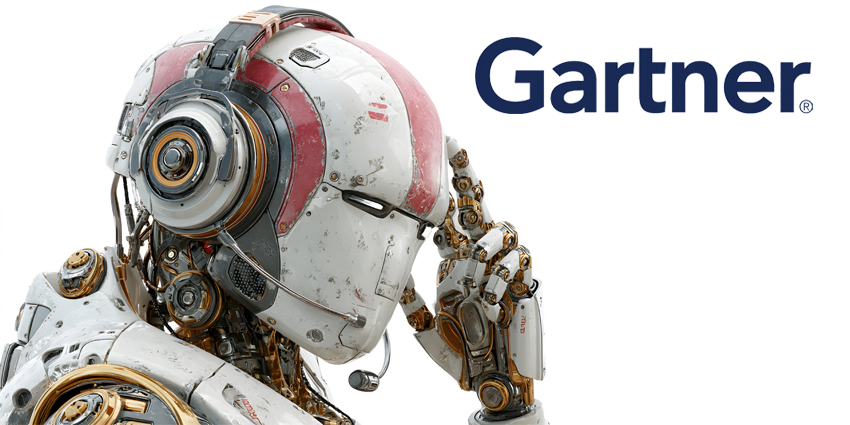The Consumer Age is the Me Age. Though we are a collective, when it comes to individual choice in the marketplace, the individual rules. It’s me all day, everywhere at once. If I want an iPhone instead of a Samsung, I decide. If I wear tattoos, that’s my unique self, expressing itself.
But the right to choose can easily collide in the workplace, especially when it comes to IT workspace standardization.
You just can’t use any app or smartphone you want anytime you want. There’s too much at stake for the organization.
The pandemic resulted in the era of remote and hybrid work with a procession of IT headaches. Not the least of which was trying to manage the apps and personal digital devices of employees spread over countries and continents – while keeping everything secure in the process.
Digital Workplace Standardization Rising
With continued economic uncertainty in 2023 comes cash conservation in businesses and reduced investments in IT.
The Japanese management consultant Shigeru Mizuno once said: “Standardization is a catalyst for efficiency, productivity, and profitability.” And that’s precisely the rationale for workplace standardization.
How to do more with less is the existential question in companies today. And when it comes to IT investments, the rigor applied to the ROI is unrelenting. Digital workplace standardization is the new mantra in keeping with the need for CFOs to keep investments low cost and simple to implement.
“The goal of workspace standardization is to organize resources, apps, policies and IT infrastructure for an organization’s mission, strategy and security policy,” said Gerard Adlum, Head of Content Strategy & External Comms at ThinScale.
“The key is to apply a consistent approach across the business ecosystem that encompasses applications, devices, security permissions, and policies based on organizational roles.”
The Benefits of Workspace Digital Standardization
Improved Security Standards
Instead of specialized policies and permissions for every device and operating system, standardization provides IT departments with a single set of guidelines for the entire environment.
Two benefits follow – greater expertise in devices and operating systems and greater strength in the IT policy. Fewer system types mean easier administration compared to multiple systems.
Buy More, Pay Less.
Most vendors offer lower pricing for larger volume purchases, especially when it’s a standardized system sale.
Reduced IT Workload
A standardized technology approach makes IT deployments, integrations, and support more straightforward to manage than disparate solutions needing deeper and broader knowledge.
Increased Employee Productivity
Work-from-anywhere environments benefit from standardization by increasing the productivity of employees. All employees use a standard UX, regardless of device or location.
Barriers to Digital Workspace Standardization
When embarking on a new initiative, the map is not the terrain.
Businesses have used virtual machines in an attempt at standardization without concern about the devices used to access them. That’s a red flag for extensive security vulnerabilities.
The truth is that companies struggle when it comes to implementing a standardization effort. These challenges include:
High Costs
The cost of implementing digital workspace standardization can be substantial. After purchasing the systems and devices, they need to be rigorously secured. Organizations also have logistical costs in work-from-anywhere environments – needing to deploy new devices in multiple remote locations. The aggregate costs to implementation can be high.
Don’t Lock Me In
Vendor lock-in is a common issue when standardizing hardware. Conduct rigorous research on the hardware vendor because it’s costly to replace systems and devices after the fact.
Lots of Time Flies During Set Up
The time it takes to implement depends on the size and scope of the project. But one thing is clear. It takes a lot of time to ensure compatibility of LOB apps and hardware within the new standardized workspace. And expect IT and support teams to be called upon to support employees who aren’t trained on the new arrangement.
The Thinscale Way of Standardization
Thinscale offers industry-proven solutions for any digital workspace standardization initiatives.
Software-Based Lockdown Solutions
The company provides software-based solutions that enforce IT security and UX onto any Windows-based device.
Make It Quick
All solutions are centrally managed and can be quickly deployed across the entire endpoint estate. It’s Windows-based and maintains compatibility with Windows software or hardware.
Keep It a Low TCO
IT teams can leverage existing infrastructure and employee-owned devices and quickly integrate them into the standardized workspace environment. Low TCO is a Thinscale mission.
Michael Dell, Founder and CEO of Dell Technologies, once said:
“Standardization is not about making everyone the same. It’s about creating a level playing field, so that everyone can compete on equal terms.”
In the era of individual choice, we’re all connected. Companies that implement digital workspace standardization want to keep the best of both.
Click here for more information about Thinscale solutions to support your workplace standardization.







